The SESAME project
Great scientific ideas have been born, shaped and cultivated in the CERN corridors and cafeteria. But CERN was founded not only as a place where knowledge could be accumulated and advanced but also as a place where European healing was attempted after the horrors of World War II as well as during the Cold War. Science and scientists work as a bridge to recapture understanding and lay foundations for peace. The Middle East is still in turmoil and nevertheless it is in the very same corridors and cafeteria that the late Professor Sergio Fubini and myself discussed how to bring to the Middle East the principles embodied in CERN. It is at CERN where the essential ingredients for a science bridge to peace in the Middle East called SESAME were assembled. I know quite a few scientists very well, we are not any better than any other human beings, but by using the language of science as a common denominator we can effectively collaborate where it is much more difficult for others to do so. I cannot do real justice here to the long involved process of building SESAME and to the many who have contributed to it. Here I have highlighted the role of CERN and some of my own contribution to the project. In 1994 after the Oslo Accords were signed, Fubini asked me to collect data on Arab-Israeli collaboration and present it at an event for his 65th birthday in Torino. This led to the construction of MESC (the committee for Middle Eastern Scientific Collaboration) at CERN. Many from all over the region and in CERN contributed their valuable time and experience.
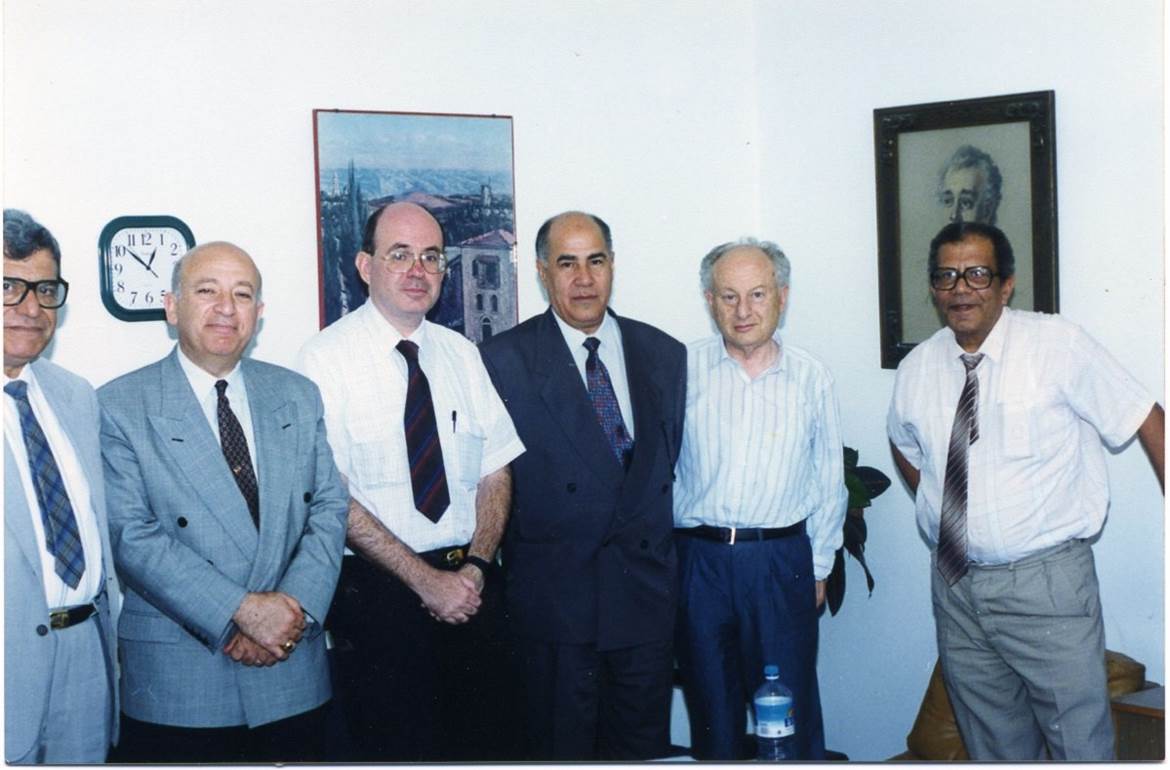
Sergio Fubini and Eliezer Rabinovici with four Egyptians delegates visiting The Racah Institute of Physics Hebrew University, Jerusalem, Israel.
We signed in Cairo a collaboration agreement with Egypt that resulted in an extremely well attended, high-quality Arab-Israeli meeting in the Sinai. This hopeful approach, which was a small science one, came to a dead end as violence returned to the Middle East. MESC organized a meeting outside the region in Torino to retain the momentum. In that meeting Gus Voss from DESY revived in a round table session on light sources the idea of Abdus Salam to use a light source as the bridge.
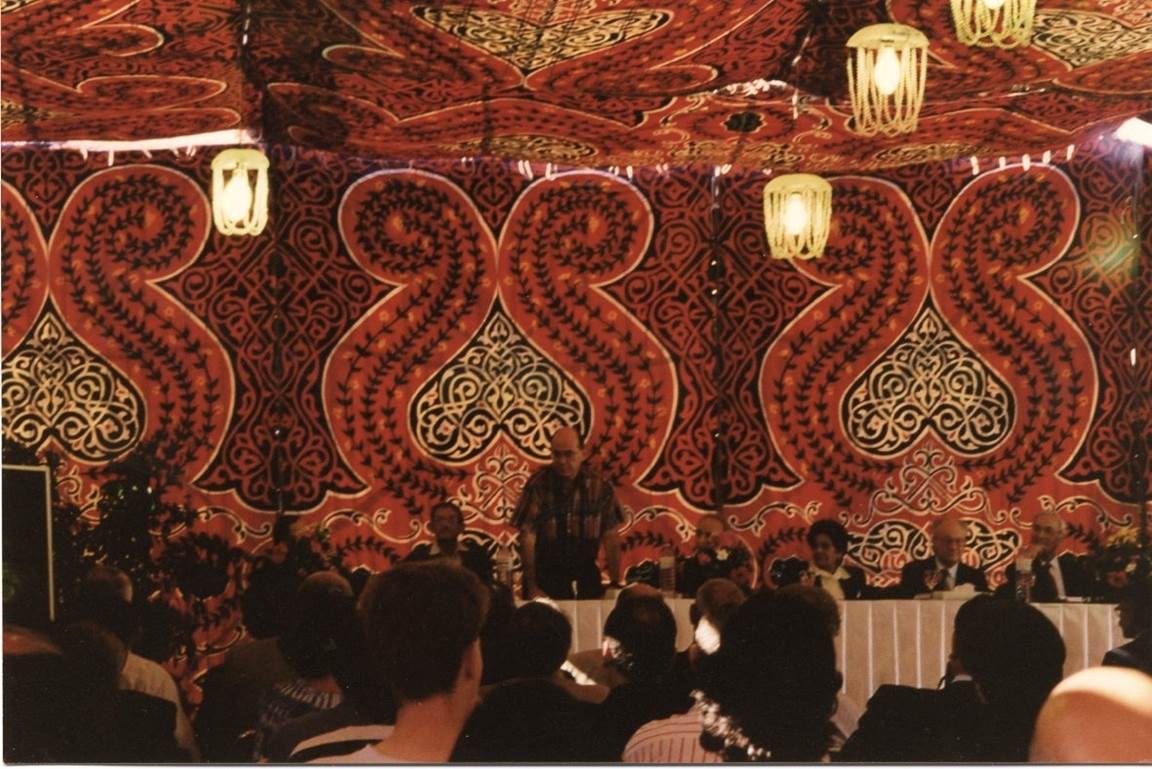
A large bedoiun tent in Dahab Eygypt accomodates over hundred scientists from the middle east and abroad.
In fact he and Herman Winick from SLAC suggested using the light source that was about to be decommissioned in Berlin as such a source. We believed that only good science could lead to a meaningful collaboration; a decommissioned machine was not the ideal starting point. Yet, faced with the challenge of bringing together scientists from countries that are far from resolving their differences, we decided to first construct the framework and then return to the science.
With the enormous drive of Herwig Schopper a former CERN Director-General the move started in a meeting organized by Tord Ekelof in Uppsala.
Under the initial umbrella of UNESCO, the CERN statutes with some needed modifications were essentially cut and pasted from the CERN convention to form the SESAME statutes. A name was coined for the project: SESAME (Synchrotron-light for Experimental Science and Applications in the Middle East). The name, as successful ideas tend to, has many fathers to claim it, I will attribute it here to Said Asaf a Palestinian. A council was formed whose members included Bahrainis, Cypriots, Egyptians, Pakistanis, Palestinians, Iranians, Israelis, Jordanians, and Turks. Jordan was chosen as the site of the light source.
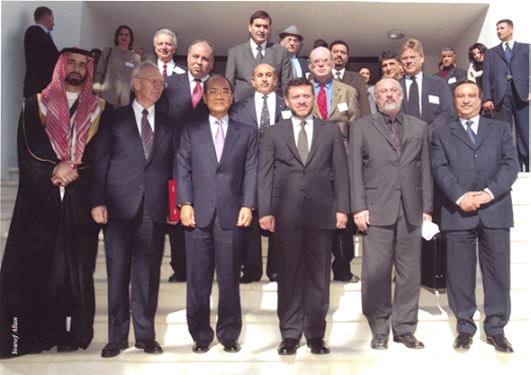
King Abdallah of Jordan, Director General of Unesco , Herwig Schopper from Cern , Jordanian minister of education Khaled Toukan , Eliezer Rabinovici are among those who attended the ground breaking of Sesame.
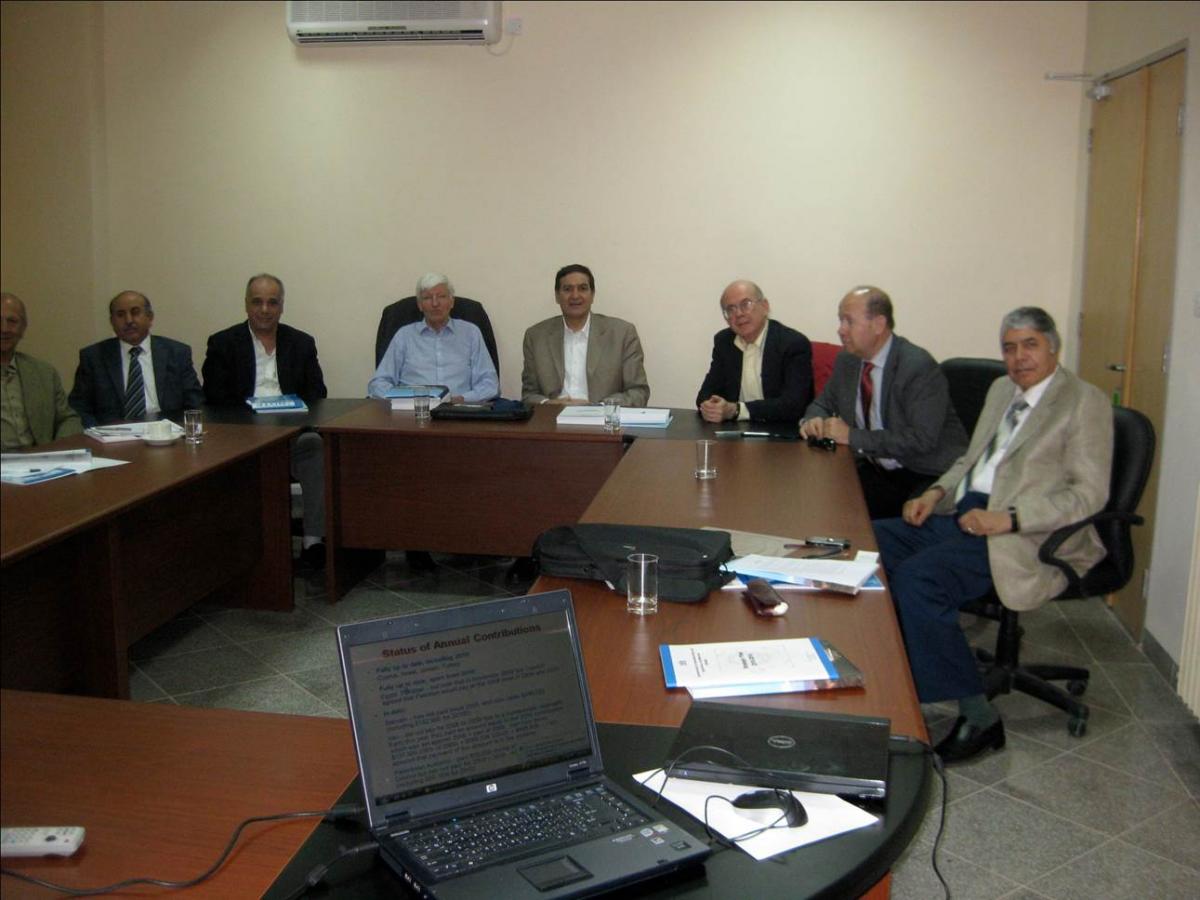
Chris Lewellyn Smith, former CERN director during a meeting for the SESAME Project.
With the gracious help of many light source labs including some from France, Italy, Japan, the UK and the US, lab components were donated and scientists from the region were trained. Many light source scientists were willing to help SESAME; an amazing rally of people from all over the globe, uplifted by some sign of hope. In March 2012 delegates from Iran, Israel, Jordan and Turkey each committed to the president of SESAME five million dollars to help jump-start the construction of a new third generation light source. Following this initiative Rolf Heuer the third Director- General of CERN involved agreed with the EU to help construct components and ensure training with a funding of five million Euros. This project will be overseen by Jean-Pierre.Koutchouk. Maybe others will help so that by 2016 an operating light source with three beam lines will come on stream on day one. A light source can be used by a large rainbow of researchers including archeologists, engineers, biologists, chemists and even physicists. As such there is a critical mass of users in the region. More than half the needed funding has been found. SESAME has taken off, it still needs refuelling in the air. But who of good will can be left uninspired by such an effort even if it seems at times to be occurring in a parallel better universe.
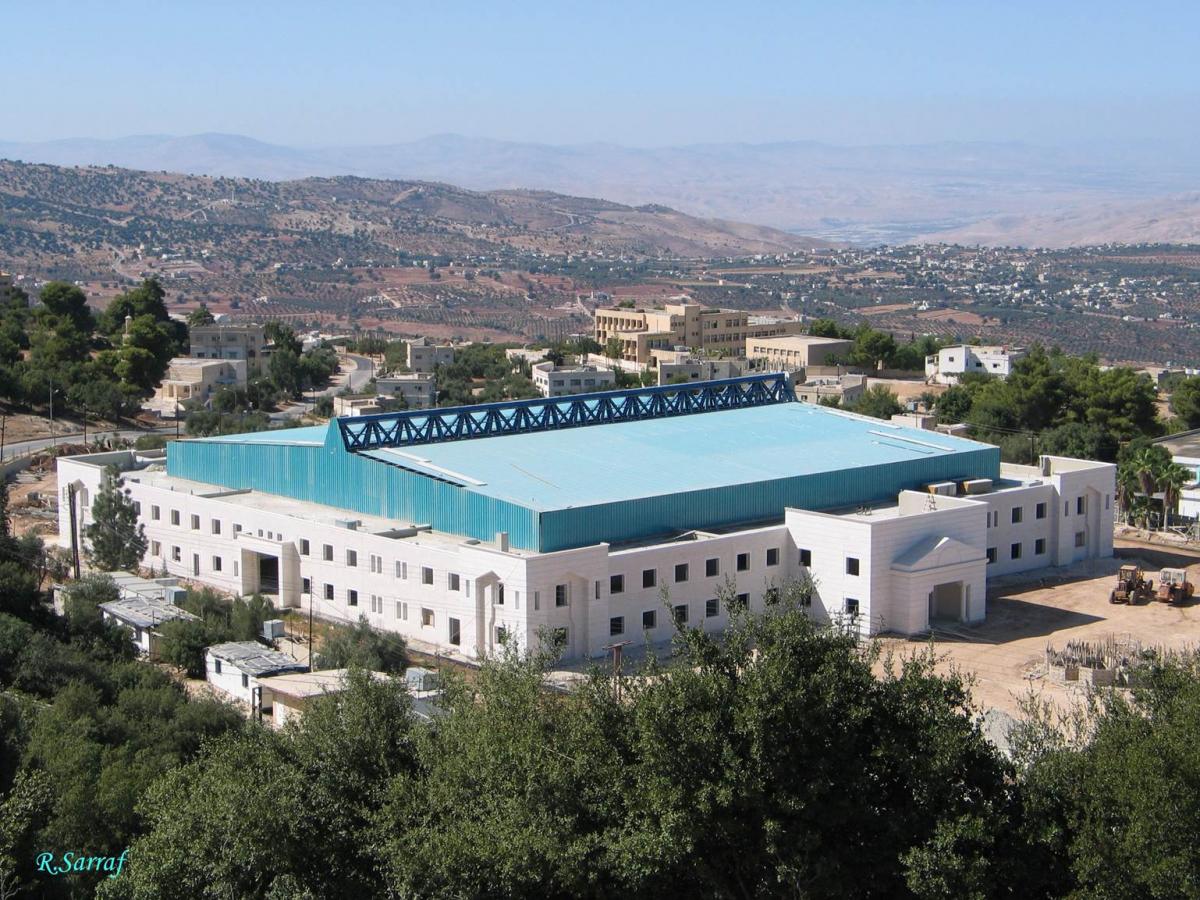

The building that will host the facilities of SESAME. Exterior view (top) and a look in the inside (bottom).
*Eliezer Rabinovici is Professor of Physics Hebrew University Jerusalem Israel and Chairman of the Israeli Sesame committee.
For technical details and a full list of observer countries, working committees and activities consult www.sesame.org.jo
